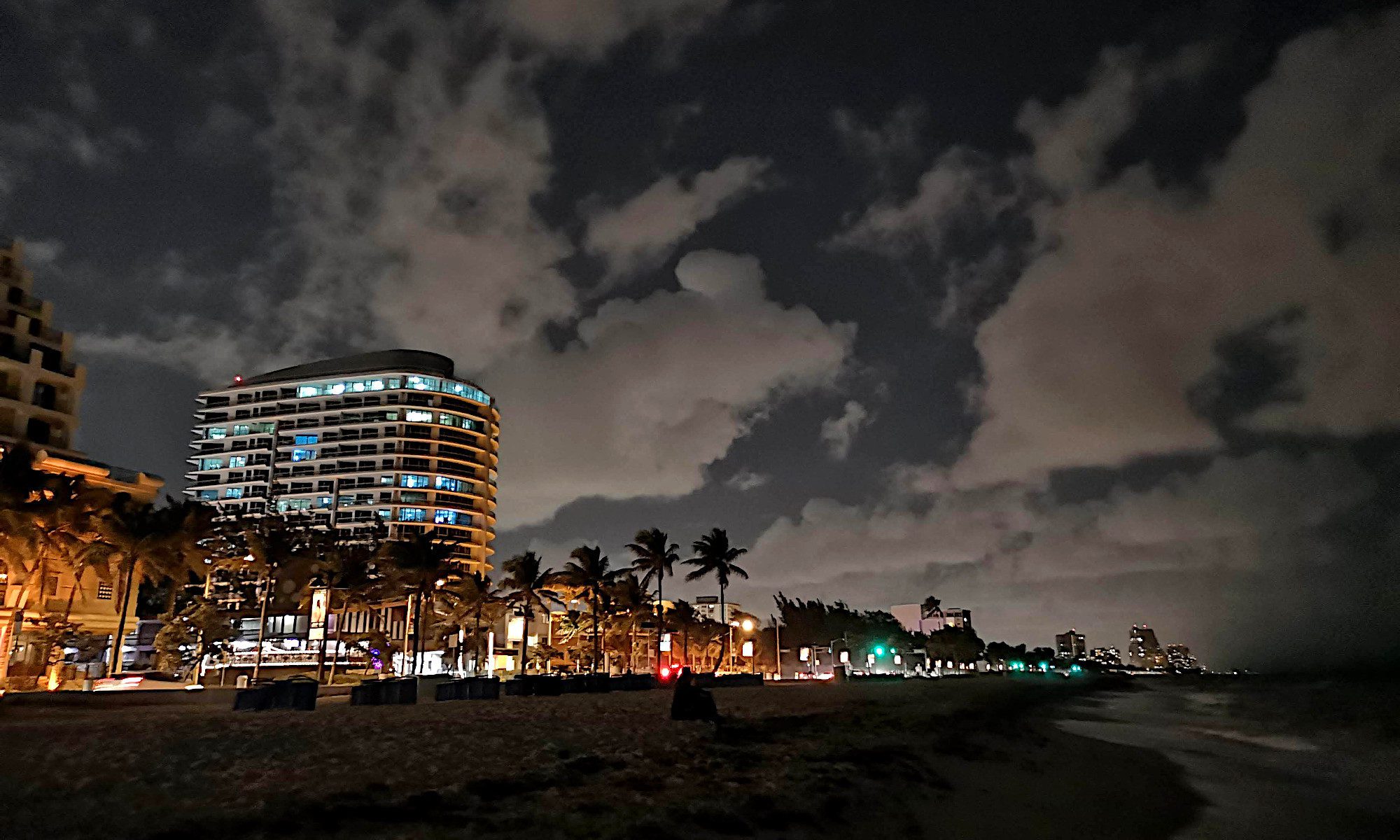I grew up in a small town in Connecticut. I always knew I was adopted: my mum told me that, as well as her, I had my “tummy mummy”. I was adopted from the Dominican Republic. My mum there was called Julianna, and she and my dad gave me up for adoption because they were poor. Fast-forward to 2013, and I was 24 and working in a restaurant in New Haven. One day, one of my co‑ workers, Julia, noticed my Dominican Republic flag tattoo. She told me she was from there, too. I said I was adopted from there, and she said she was as well. Julia was 23 – we’re 17 months apart. We hit it off right away. People would always tell us we looked alike. We would joke and say: “That’s because we’re sisters.” We decided to compare our adoption paperwork, but our birth mother’s names were different, as was the place we were born. It was anticlimactic. After that, we let it go. We only worked together for about six months, but stayed in touch. In 2018, my mum got me a 23andMe kit for Christmas. (via The Guardian)
Three encrypted notes from the 1900s allegedly describe the location of hidden treasure

In 1885, an author named James B. Ward published a pamphlet telling of a long-lost treasure available to anyone clever enough to solve a puzzle. Ward reported that around 1817, a man named Thomas Jefferson Beale had been the leader of an expedition to the American Southwest primarily concerned with hunting buffalo and/or bears. Beale’s group had instead stumbled upon gold and silver deposits in what is now Colorado. Agreeing to keep it all a secret, Beale’s team had spent the better part of two years quietly mining, then had taken the metals to Virginia by wagon and buried them in a vault underground between 1819 and 1821. Beale had written three notes explaining where the treasure was and who had legal rights to shares in it, encrypting each of these using a different text. However, Beale had vanished after leaving the notes with a friend. Eventually, the second of the three texts was deciphered. It specified which county in Virginia the treasure was hidden in, and referred the reader to the first of the notes for details. But the first — and the third — notes remained stubbornly undeciphered. (via Damn Interesting)
Note: This is a version of my When The Going Gets Weird newsletter, which I send out via Ghost, the open-source publishing platform. You can see other issues and sign up here.
Continue reading “She found out that her friend was actually her long-lost sister”


















